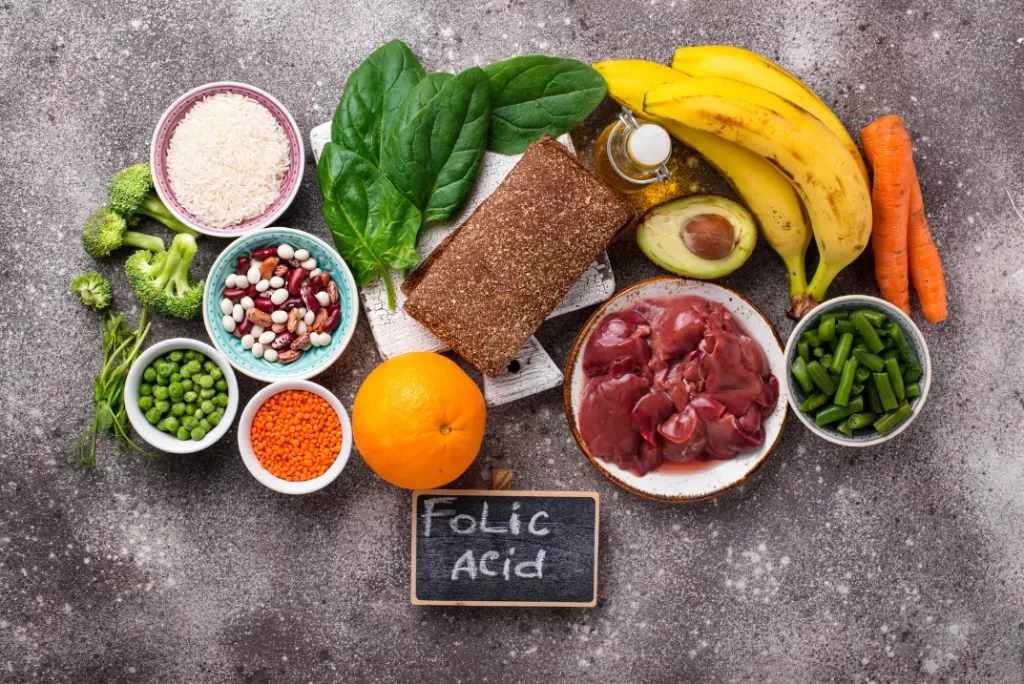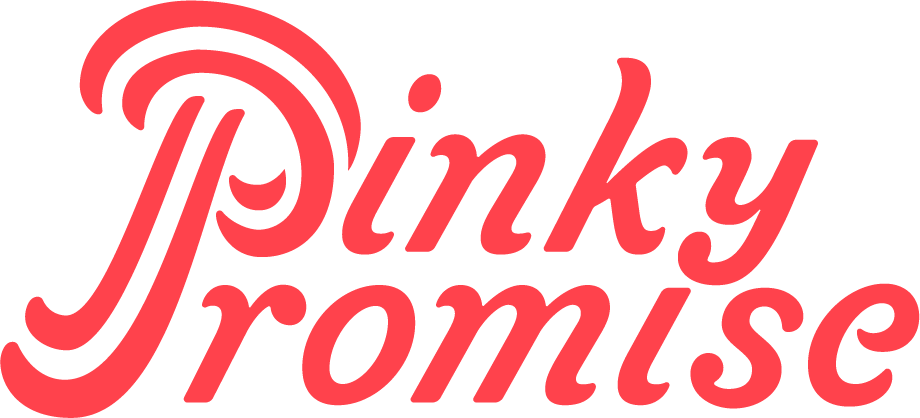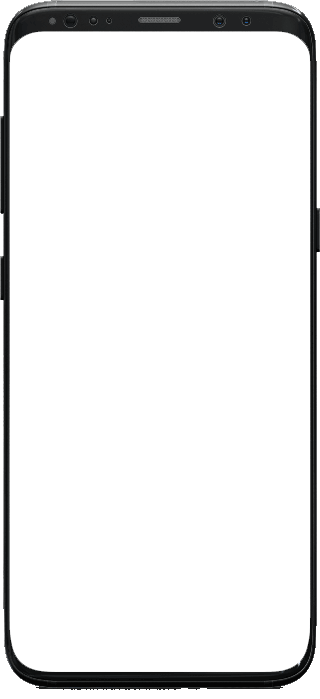A healthy pregnancy diet is necessary for both the mother and the baby. This is because what a woman eats and drinks during pregnancy is her baby’s primary source of nutrition. Doctors recommend that a pregnancy food chart contain a mixture of healthy foods and beverages to provide essential nutrients for the baby’s growth and development.
Which food is best for pregnancy?
You do not need a fancy formula for a healthy pregnancy diet. Eating healthily during pregnancy will help in the growth and development of your baby. The basic necessity of a pregnancy time food chart is going to remain the same. You need to eat plenty of fruits and vegetables, consume whole grains, lean proteins and healthy fats. Yet, some nutrients in the pregnancy diet deserve special attention. It’s best to take vitamins and minerals from food, but if you’re pregnant, you should also take a folic acid supplement to ensure you get everything you need.
Pregnancy food diet chart:
You’ll undoubtedly feel more hungry than usual, but you don’t have to “eat for two” – even if you’re expecting twins or triplets. Try to eat a healthy breakfast every day, as this can help you avoid snacking on high-fat, high-sugar foods. Eating healthy food means you need to change the amounts of different foods you eat. But, don’t cut down on all your favourite foods! It shows how much of your diet should come from each food group to achieve a healthy, balanced diet. You do not have to get this balance with every meal, but try to achieve it over a week.
What should be your food chart during pregnancy?
While planning your healthy pregnancy food chart, focus on whole foods that include more of the nutrients you’d need when you are not pregnant, such as:
- Protein
- Vitamins and minerals
- Healthy fats
- Complex carbohydrates
- Fibre and fluids 1
What foods should a pregnant woman eat daily?
You should include the following in your daily food chart during pregnancy –
- Five servings of fresh fruits and vegetables (you can include one serving of a dark orange vegetable, two servings of dark green leafy vegetables and one serving of citrus fruit)
- Six servings of whole-grain bread and cereals and three servings of non-fat or low-fat milk or milk products
- Two to three serves extra-lean meats, skinless chicken, fish, or cooked dried beans and peas.
- Eight glasses of water 2
What are the foods you should include in your pregnancy food diet chart?
Nutritionists recommend the following nutrient rich-foods (in particular) because they are high in vitamins, minerals, and macronutrients that your body (and your baby’s developing body) requires to thrive. These are some nutritious foods to eat during pregnancy to help you meet your nutrient requirements.
- Legumes are high in folate, fibre, and many other nutrients. Folate or folic acid is an essential nutrient for a woman during pregnancy.
- Sweet potato is high in beta carotene, which your body converts to vitamin A. Vitamin A is essential for your growing baby’s cell growth and differentiation.
- Salmon contains the essential omega-3 fatty acids EPA and DHA; which are necessary for your baby’s brain and eye development. This super food is also a great source of vitamin D.
- Whole eggs are an extremely healthy and excellent way to boost your overall nutrient intake. They also have choline, an essential ingredient for brain health and growth.
- Broccoli and green leafy vegetables contain the majority of the nutrients you’ll require. They’re also rich in fibre and help to treat constipation.
- Lean meat is an excellent source of protein. Beef and pork are also rich in iron, choline, and B vitamins, which are all essential nutrients during pregnancy.
- Whole grains are packed with lots of fibre, vitamins, and plant compounds. They also contain a lot of B vitamins, fibre, and magnesium.3
Which fruit is best in pregnancy?
- Oranges keep you hydrated. They’re also high in folic acid or folate, and vitamin C. Folate is a B vitamin essential to prevent brain and spinal cord defects, commonly known as neural tube defects. Vitamin C is an antioxidant that helps in the prevention of cell damage. It also helps in iron absorption.
- Mangoes are another great source of vitamin A and C. Vitamin A deficiency at birth is linked to lower immunity and an increased risk of complications such as diarrhea and respiratory infections. This is a great addition to your pregnant diet, but please eat them in moderation, along with other foods.
- Berries contain water, carbohydrates, vitamin C, fibre, vitamins, antioxidants, and plant compounds. These could help you in increasing your nutrient and water intake.
- Dry fruits are highly beneficial for pregnant women since they are small and nutrient-rich. But be careful to control your portions and stay away from candied foods to avoid consuming too much sugar.
- Avocados have high monounsaturated fatty acids, choline fibre, folate, and potassium. These may also help with leg cramps.
- Lemons are rich in vitamin C and help stimulate the digestive tract, which can relieve constipation.
- Bananas are another potassium-rich food. They also contain fibre, vitamin B6, and vitamin C, which can relieve nausea and vomiting.
- Apples are high in fibre and a great source of vitamin C. They also have vitamin A, potassium, and pectin. Pectin is prebiotic that feeds the good bacteria in your digestive tract.4
What to drink during pregnancy?
Here are some options that you can definitely check out –
- Dairy products are a great choice. They help you meet your high protein and calcium requirements. Fortified soy milk is an excellent option for those who avoid dairy products. It is calcium-fortified and has almost the same amount of protein as cow’s milk, though the calcium is not quite as well absorbed. Just make sure to drink an unsweetened variety to prevent consuming added sugar.
- A pregnant woman requires more water to stay hydrated than non-pregnant women. Staying hydrated may also aid in the prevention of constipation and urinary tract infections. Water helps in the formation of the placenta and the amniotic sac. Pregnancy dehydration can lead to issues like neural tube defects and decreased breast milk production. Pregnant women should consume at least 8 to 12 glasses of water per day to avoid dehydration and its complications.
- Blending fruits and vegetables is a great way to get your recommended daily intake of products while also adding a little extra hydration. The flavour combinations are endless, but limit or completely avoid added sugars and choose liquids like water, milk, or plain yoghurt instead of juice. Watch out for added sodium in pre-mixed veggie drinks as well. Add a healthy source of fats, such as peanut butter or almond butter, to your smoothie to make it more filling and help you remain full for longer. 5
What fruit is not good for pregnancy?
There are no particular fruits that pregnant women should avoid. But, women must be aware of portion size. Certain fruits have a high sugar content, and juices and dried fruits are frequently significantly higher in sugar and calories than their fresh counterparts.
Purchasing organic fruit ensures that it has not come into contact with fertilisers or pesticides that may have damaged its quality. If organic fruit is not available, you can prefer non-organic fruit over avoiding fruit altogether. Before eating fruit, it is necessary to thoroughly wash it to remove any pesticides and bacteria that may be present.6
Which food should be avoided during pregnancy?
Thankfully, there are more options of foods you can eat than you can’t. You should pay close attention to what you eat and drink to stay healthy. You can consume certain foods rarely while avoiding some of them entirely. It is ideal to avoid foods and beverages that could harm you or your baby. Although most foods and beverages are perfectly safe and okay to consume, some foods should be avoided. For example, raw fish, unpasteurized dairy, alcohol, and high-mercury fish. Also, some meals and beverages, including coffee and foods high in added sugar can cause gestational diabetes. Hence, should be avoided to support a healthy pregnancy.7
Pregnancy food chart month by month:
First trimester –
What should you include in your first month pregnancy food chart? What should be my 6 week pregnancy food chart? Firstly, a balanced and healthy diet may have gone off your to-do list during the first trimester of pregnancy due to morning sickness and heartburn. Your body is experiencing an increase in hormones, which might cause nausea. Progesterone, in particular, can cause digestive problems such as constipation and reflux. Stick to whichever healthy foods you find comforting and offer adequate nutrition during the first trimester.
First-trimester food chart –
During the first trimester, you should mainly focus on including nutrients like – folic acid, protein, calcium, iron, vitamin C, potassium and DHA in your diet.
- Folic acid – It is the most necessary micronutrient in terms of first-trimester nutrition and prenatal nutrition in general because folic acid (also known as vitamin B9 or folate when it’s in food form) plays an essential role in the prevention of neural tube defects. Take prenatal vitamins and eat oranges, strawberries, green leafy vegetables, fortified breakfast cereals, kidney beans, nuts, cauliflower, and beets to get 600 micrograms (per day).
- Protein – It is necessary for muscle development in both you and your baby and supports uterine tissue growth. Aim for 75 gm every day. Eggs, Greek yoghurt, and chicken are all excellent sources of protein.
- Calcium – It’s essential for your baby’s growing teeth and bones. Because your growing baby will draw calcium from your reserves, a lack of calcium in your diet might lead to brittle bones (osteoporosis) later in life. You can get your 1,000 milligrams per day through a well-balanced diet that includes – milk, cheese, yoghurt, and dark leafy greens, but if you’re concerned that you’re not getting enough, ask your doctor if you need any supplements.
- Iron – Iron becomes vital when your blood supply increases to fulfil the demands of your growing baby. The target of 27 milligrams per day can be hard to achieve through diet alone, so make sure you’re taking a good dose of iron in your prenatal vitamin to lower your risk of pregnancy anemia. Include healthy sources such as meat, poultry, eggs, tofu, and spinach in your pregnancy diet chart.
- Vitamin C – Foods like oranges, broccoli, and strawberries help your growing baby’s bone and tissue development and increase iron absorption. Aim to consume 85 milligrams per day.
- Potassium – It combines with sodium to keep your body’s fluid balance in check and regulate your blood pressure. Aim for 2,900 milligrams per day from your prenatal vitamin and foods like bananas, apricots, and avocados.
- DHA – It is an essential omega-3 fatty acid found in low-mercury fish such as anchovies, herring, and sardines. If you don’t feel like eating seafood right now, talk to your doctor about taking a DHA supplement.
Your pregnancy symptoms start now, so it can be uncomfortable for you. Fuel up with frequent mini meals every few hours instead of eating large portions to combat the symptoms of the first trimester, and avoid eating spicy foods that can cause heartburn. You need to stay hydrated, eat healthy snacks and take prenatal vitamins regularly. 8
Second trimester –
It’s very important to take a prenatal multivitamin in your 4th to 6th month pregnancy food chart to ensure you’re getting enough vitamins and minerals. You should also eat foods rich in omega-3 fats, which are essential for your baby’s brain development.
As mentioned above, you should take nutrients like iron, protein, calcium, and folic acid in your second-trimester diet. Along with these nutrients, you can include Vitamin D and Omega 3 fatty acids in your diet.
Second-trimester food chart –
- Vitamin D – It aids in the development of a baby’s bones and teeth. The body can make vitamin D from sunlight, allowing many people to meet some requirements. You can’t find them in many natural foods but in fortified foods such as cereal and milk, which include – fatty fish (such as salmon, fresh tuna and mackerel), fish liver oils, cheese, egg yolks, fortified juices and other drinks. Supplements for vitamin D are also available and can be beneficial for people who do not live in a sunny climate.
- Omega-3 fatty acids – They might help both the mother and the baby. These essential fatty acids support the health of the heart, brain, eyes, immune system and central nervous system. They may help to avoid premature birth, lessen the chance of developing preeclampsia, and decrease the rate of postpartum depression. 1.4 g of omega-3 fats per day is an appropriate daily dose during pregnancy.
Omega-3 fatty acids can be found in foods like – oily fish (including salmon, mackerel, fresh tuna, herring, and sardines), fish oil, flaxseeds and chia seeds. Seeds contain a form of omega-3 that the body must convert before using them. The ability of the body to do this differs from person to person. Vegans and vegetarians may need an algae-based supplement during pregnancy to meet their omega-3 requirements. 9
Third trimester –
Congratulations! Your baby is on the way. You might still have questions regarding your diet chart. Should I include something new? What should I include in my 7th and 8th month pregnancy food chart? Let’s answer them right now. During the third trimester, your baby gains weight quickly and parts of their body begin to form. Eyes open, nails form and hair grows, these are some of the things that happen. With all of this going on, the food choices you make are important to your baby’s health.
Along with the above mentioned nutrients, you should also include nutrients like – vitamin B6, vitamin B12, choline and iodine in your 7th to 9th month pregnancy food chart.
- Vitamin B6 – Vitamin B6 is essential for the growth of red blood cells and your baby’s brain. It is found in – Bananas, poultry, fish, organ meats (like liver and tongue), starchy vegetables like potatoes and whole-grain cereals.
- Vitamin B12 – It supports the nervous system and aids in the formation of red blood cells. You can find vitamin B12 in fish, poultry, meat, dairy products, eggs and fortified foods.
- Choline – It aids in your baby’s brain and spinal cord development. It is absent from several prenatal supplements. But you can obtain it from – milk, meat, eggs, poultry products, peanuts, potatoes, soy products and cruciferous vegetables (like brussels sprouts and cauliflower).
- Iodine – It helps in the formation of your baby’s brain. It can be found in – seafood, dairy, grain products and iodized salt. 10





